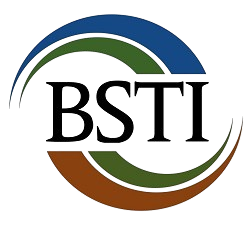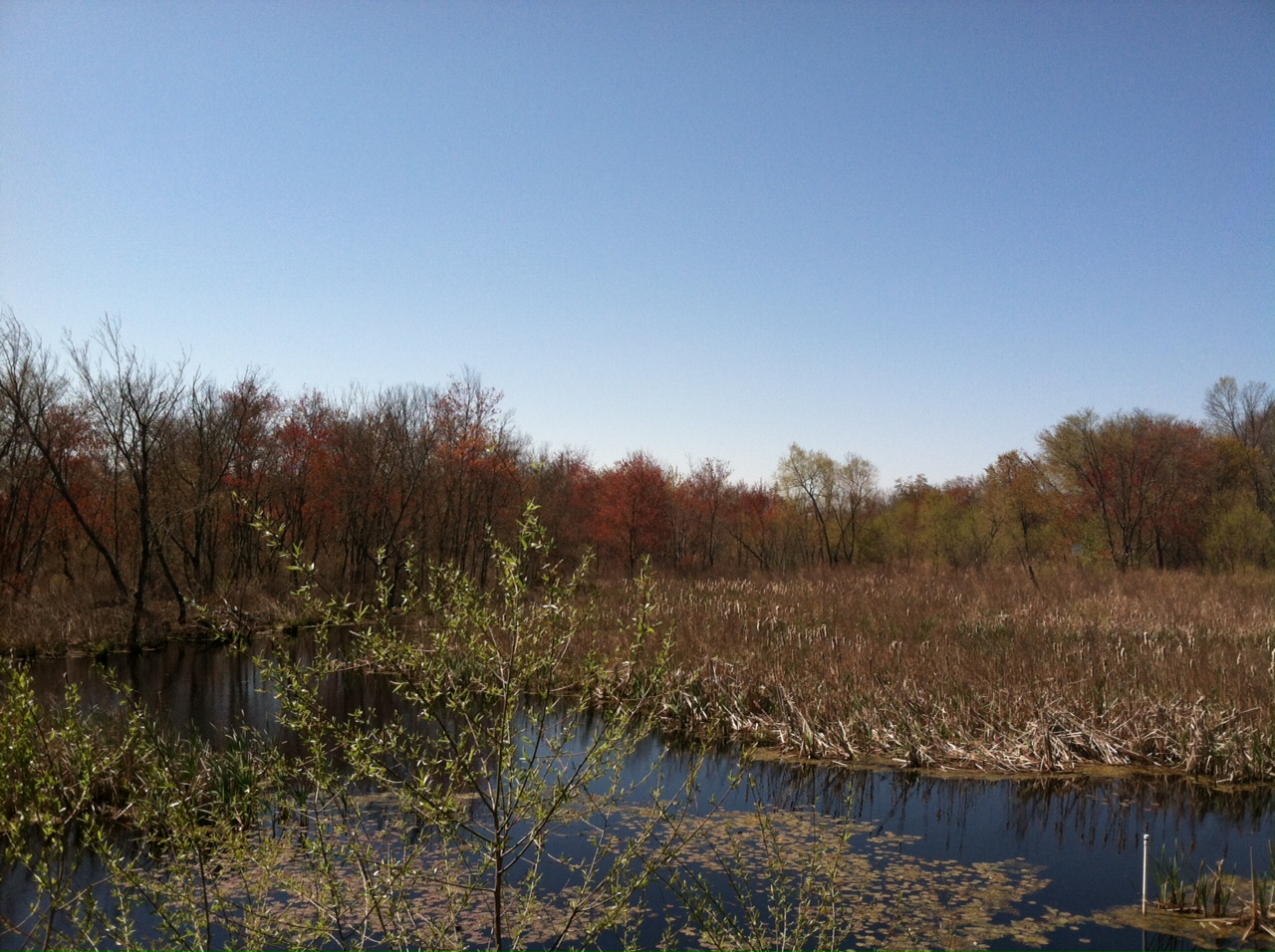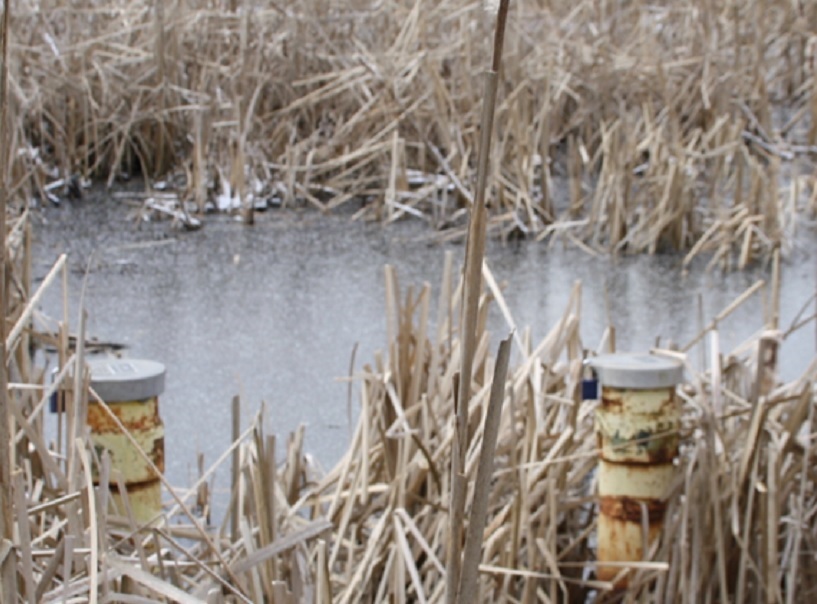Client: Bulk Chemical Transportation Corporation, Bridgeport, NJ
Brownfield Science & Technology, Inc. (BSTI) was hired to provide wetland monitoring services for a wetland mitigation project pursuant to the terms of remedial action under the supervision of the USEPA.
This monitoring work is conducted as part of an effort to restore the functional value of the wetlands through on-site restoration, resulting in a mosaic of palustrine forested, emergent and scrub/shrub wetland habitats. Restored wetland systems will have numerous functional values for the mitigation area that include: provision of high quality wildlife habitat, maintenance of the local flood storage capacity, prevention of further wetland degradation, and the improvement of surface water quality.
The wetland areas being monitored are adjacent to an active bulk chemical tanker truck washing facility. Concerns regarding groundwater contamination resulted in the facility’s placement on the USEPA National Priorities List. As part of the remedial action, 2.56 acres of State wetlands were temporarily impacted. As part of the wetland mitigation, a replacement layer of soil was installed to the previous elevations once the remediation of the impacted soil layer throughout the restoration area was completed. A comprehensive planting of native herbaceous vegetation, trees and shrubs was completed throughout the remediated wetland area following the installation of clean soils. The planted vegetation selected for the mitigation area was comprised of species similar to the mature wetland system that was cleared as part of the remedial action.
BSTI collects hydrology data from wetland piezometers, staff gauges and surrounding monitoring wells as part of a long-term hydrology monitoring program. Quantitative vegetative plot monitoring has been conducted to ensure that the planted herbaceous vegetation, trees and shrubs are surviving and the emergent wetland areas are converting to scrub/shrub wetlands. Soil monitoring is carried out to provide data on the development of hydric soil properties in the remediation area. Invasive plant species populations are monitored to control the spread of invasive plant colonies in the mitigation area.







